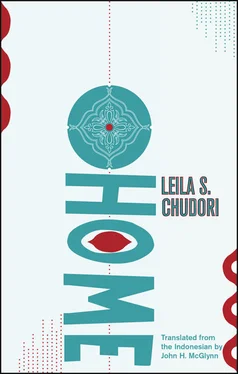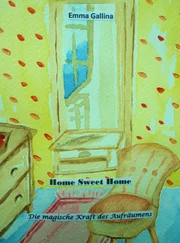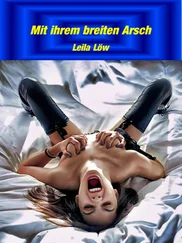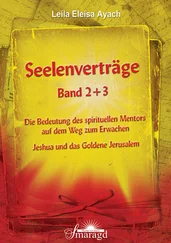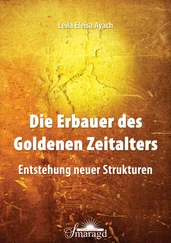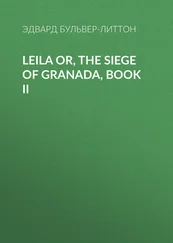“There’s a feature film about it, you know,” Alam said, as if guessing what I was doing. He stood at a distance, leaning against one of the museum’s supporting columns, being careful to not stand too close behind me, so that his reflection wouldn’t appear on the protective glass in front of the dioramas.
“I know,” I said with an air of authority as I shut off my camera, “a three-hour feature film produced by the government in 1984. I’ve read about it, but I have yet to see it.”
Groups of primary and secondary schoolchildren on a field trip, I guessed, had filled the museum and stood in lines before the displays, listening to explanations from museum guides. Alam studied the children, many of whom were diligently taking notes, and then looked at me and smiled, as if I were a schoolchild too.
I spoke to several of the teachers who were there to chaperone the school groups, recording my interviews on film. Two of the women teachers told me that a visit to the museum was a requirement for history class. They also confirmed what Alam had just told me, that all students were required to watch the film The Treachery of the September 30 Movement and the Indonesian Communist Party.
“I really must get hold of a copy of that film,” I said to Alam as I approached his side. “Ibu Rahma, one of the teachers I was speaking to, said that the dioramas here are exactly like the scenes from that film.”
I put my video camera in my bag and then touched my cheeks and forehead, which were hot to the touch and glistening with perspiration. Because of my fair complexion, I knew they must have turned a bright red. Maybe that was why Alam was staring at me so intensely. Yet he had been looking at me that way ever since he chased me down at the intersection of Jalan Diponegoro. Now as then, I suddenly felt nervous and hesitated to return his gaze, unsure of what would happen if I did. Alam’s gaze seemed able to penetrate anyone’s body, to infiltrate any defense fort, and with ease his eyes pierced into me. I was bothered and uneasy because I felt that his gaze would leave no shred of privacy in me.
He stepped towards me, took a pack of tissues from his back pocket, and held it out to me. So leery I was of his power, I grabbed the pack from him and sputtered thank you.
“Your face is like boiled crab,” he said with a smile, “red but tasty-looking.”
Hearing him say this, I laughed. We then left the museum, going down the stairs to the courtyard outside, where I took a number of distant shots for footage of the building from the outside.
“You know, I do think I’m hungry for crab, for chili crab, that is,” Alam remarked as if to himself.
Now that was the weirdest non sequitur I’d ever heard, I thought to myself, but then I asked him where one could get good seafood in Jakarta.
He mentioned a number of places, the most popular one being at Ancol Park on the Jakarta bay, but he said that his personal favorite was a place called Kamel in the Kampung Melayu area of South Central Jakarta. The name “Kamel,” he informed me, was an acronym from Kampung Melayu, the name of the area in which it was located, and its specialty was boiled shrimp and crabs with pineapple sauce. Then, with evident hyperbole, he asserted that Kamel also served crabs with the best Padang sauce in the world. Despite the exaggeration, my mouth was beginning to water. I hadn’t ever tried crabs with Padang sauce, I told him hungrily.
Alam told me that when I got around to going to Roda Restaurant — a stop I had to make at the request of Om Nug — he would take me to Kamel, which was close by. But not today, though, because he had to go directly from Lubang Buaya to the Hotel Indonesia traffic circle, where the demonstration about the government’s plan to raise fuel prices was being held. Bimo and Gilang were already waiting for him. Alam’s cell phone, which had been ringing regularly every twenty minutes, made me quickly apologize to him for taking his time and upsetting his plan to join the protest.
“No problem,” he told me. “The demonstration today is a small one: just a few activist groups and some college students. The big one will be after the government announces the fuel-price increase. When they do that, prices for everything else, staple goods included, are going to follow suit which, at this moment, neither the lower class nor middle classes can afford,” he explained while scanning the roadway outside the museum. “But anyway, it’s time you met Bimo,” he said with a smile. “I’m sure Om Nug is going to demand a full report from you.”
“All right, let’s go meet him. I’ve finished my filming here.”
Out on the street, Alam hailed a taxi to take us back to the center of the city, where he was to meet his friends at the Hotel Indonesia traffic circle, a favorite site for mass demonstrations. With the traffic so bad that day, it seemed to take forever to get back into town. Even before my arrival in Jakarta, I’d heard of the city’s scathing reputation for its traffic problems, but I never imagined that it would be so bad. The only good thing about the lengthy trip was that it gave me the opportunity to speak at length to Alam. We talked about the museum; about how the New Order government, with its solid hold on power, had propagated an image of evil on the part of its historical enemy and successfully cultivated among Indonesians an irrational fear of and hatred towards the specter of communism; and about the many examples of foreign scholarship containing alternative theories on who was in fact behind the events of 1965.
“‘Communism,’” Alam said, “is now nothing more than a term used to describe objection to the status quo. Because of the ban on books about communism, Indonesians don’t know what communism is. Even university students aren’t allowed to read the works of Karl Marx or interpretations of his theories, unless they somehow manage to read them on the sly. What the government fails to see is that its obsessive paranoia about the subject only heightens people’s curiosity, especially among younger intellectuals.”
Alam took out a pack of cigarettes from his shirt pocket, but then only held it in his hands. I guessed he wanted to smoke but was suppressing the urge. “And if they do learn about Marxian theory, what’s the big deal anyway? By and large, it’s failed everywhere. Nobody here is interested in trying to put it into practice. I’m not. Bimo isn’t either. And this isn’t because of what happened to our families; it’s because of what we’ve read and studied on our own and because of reason.
“I’m looking forward to meeting Bimo,” I told Alam. “Om Nug is forever talking about him, of course, but his name has been mentioned to me by other people as well. From what I gather, the two of you are real close.”
“We’ve been like brothers ever since we were kids. When dealing with bullies, I was his big brother.” Alam glanced at me. “But in terms of girls, he was mine.”
I was curious. “Why’s that?”
“He always gave in, never had the nerve to face down the bullies,” he said.
“No, not that — the second part of your statement. Why was Bimo like your big brother when it came to girls?”
“Oh, that…” he said but then stopped speaking, his hand gripping the pack of cigarettes.
“If you want to smoke, go ahead,” I told him, feeling pity for him as he kept turning over the cigarette packet. “Just crack open the window a bit!” I added. “French people smoke a lot.” I rolled down the window on my side of the car a bit, then leaned over him to open the window on his side.
He frowned as my body brushed his.
“I’m sorry,” I apologized. “Go ahead and smoke. You look nervous.”
“I am, but not because I need a cigarette,” he said as he shut the windows I had just opened. “I’m nervous because I want to kiss you.”
Читать дальше
